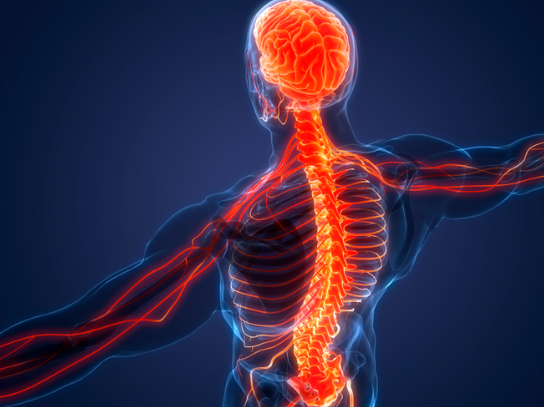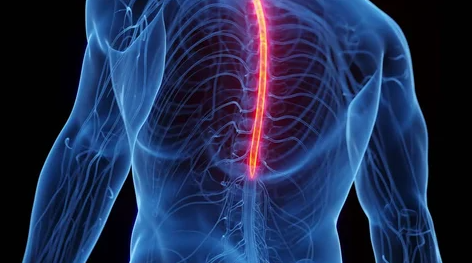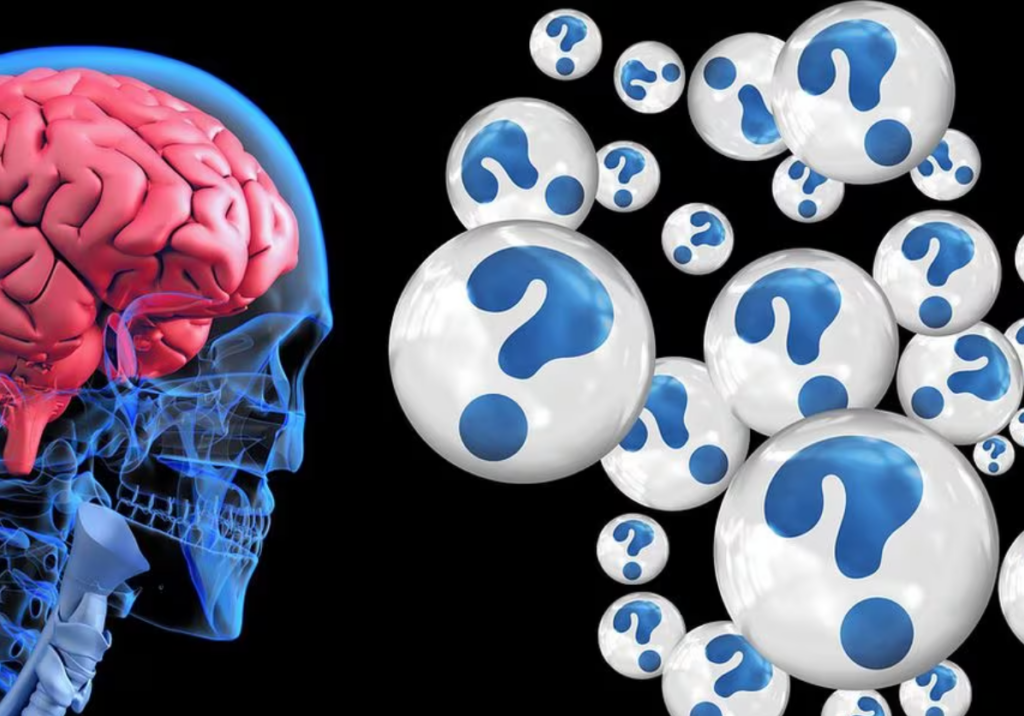Have you ever wondered what are some of the involuntary movements of the body?

We think we can control everything, but we can’t, not even our own body. Involuntary movements are those that are performed without the mediation of the brain, and therefore without the explicit and clear will of the animal that performs them, although they are generally intended for the human body.
A part of the nervous system, different from the nucleus that is the central nervous system, is called the autonomic nervous system and deals with these kinds of actions. It is through them that the body regulates itself, and maintains a balance beyond external impulses.
The autonomic nervous system is divided into the sympathetic system (part of the nervous system that increases heart rate, blood pressure, breathing rate, and pupil size) and the parasympathetic system (part of the nervous system that slows the heart, dilates blood vessels, reduces the size of the pupil, increases digestive juices and relaxes the muscles of the digestive system and responsible for the regulation of the internal organs).

On the other hand, there is another class of involuntary movements constituted by reflex acts, which are different since they are originated by the spinal cord: they are involuntary movements but carried out immediately to an external stimulus.
The following list presents some examples of movements of the involuntary type:
- Withdraw your hand when we burn.
- Cry.
- Blink.
- Pupil dilation.
- Moving the leg when hitting the patellar ligament.
- Increased or decreased heart rate (speed of the heartbeat).
- Close your eyes when sneezing.
- Stimulation of the sweat glands.
- Increased saliva production during sleep.
- Decreased heart rate during sleep.
- Parkinson’s, as a condition, relies on involuntary movements.
Let’s see the following experiment and live the concept of involuntary movements. Come with me!





Responses